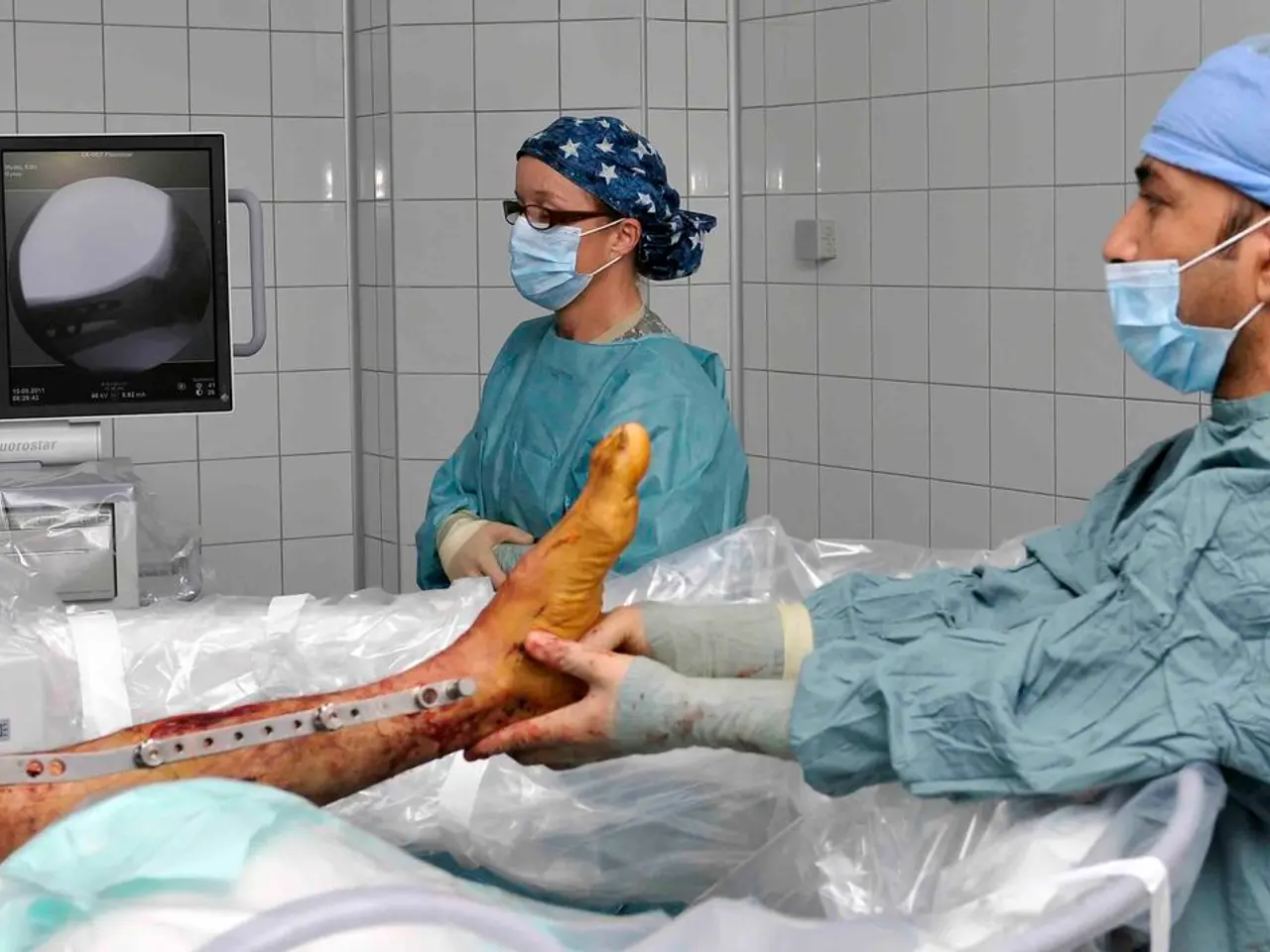Utilization of Forensic Science in Contemporary Crime Investigation
Forensic Science: Evolving to Enhance Legal Proceedings
Forensic science is a multidisciplinary field that applies scientific principles and techniques to legal investigations, particularly in criminal law. It encompasses various techniques such as DNA analysis, toxicology, fingerprinting, ballistics, and firearms analysis, all of which play a crucial role in linking evidence to suspects and crime scenes.
One of the most significant applications of forensic science is in disaster investigation. In the aftermath of significant events, forensic science aids in identifying victims, determining the cause of incidents, and analyzing criminal activities related to them. Digital forensics, in particular, focuses on the analysis of digital evidence from devices, networks, and online accounts to support or challenge claims in areas such as intellectual property violations or cybercrimes.
The primary objective of forensic science is to provide objective evidence that can be used in court. This evidence is collected and preserved with great care to maintain its integrity, with proper protocols ensuring that physical evidence is not contaminated or compromised. Evidence collection and preservation are essential to upholding the integrity of findings and ensuring fair judicial processes.
In the realm of criminal investigations, advancements in forensic science are leading to significant improvements. The latest advancements prominently feature the integration of artificial intelligence (AI), sophisticated bloodstain pattern analysis (BPA) techniques, and expanded DNA forensic technologies. AI is being applied to improve the speed, accuracy, and consistency of evidence analysis across multiple forensic domains, with accuracy in some areas reaching over 90%. BPA advancements, specifically the precise calculation of the angle of impact of blood droplets, have significantly enhanced crime scene reconstructions and improved cold case resolution rates. The DNA forensics market is also rapidly growing, driven by innovations in PCR, STR, and next-generation sequencing (NGS) techniques.
Looking ahead, future directions emphasize developing larger, specialized AI datasets and systems tailored for distinct forensic applications, balancing AI integration with ethical standards, expanding forensic education and interdisciplinary training programs, and ongoing refinement of forensic methodologies. These advancements and future trajectories point toward a forensic science landscape characterized by high-tech analytical tools complemented by human expertise, ethical vigilance, and comprehensive training to improve investigative outcomes and judicial processes.
Forensic science also plays a pivotal role in civil law, particularly in areas such as forensic accounting. Forensic accountants analyze financial data in criminal cases to uncover evidence of fraud or embezzlement, reconstructing financial activities to trace funds, identify hidden assets, and establish patterns of illegal behavior. In various industries, forensic accounting assists in evaluating the financial health of institutions, helping organizations mitigate risks, enhance security measures, and uphold regulatory compliance. Forensic accounting also plays a pivotal role in civil litigation cases, including divorce settlements and business disputes.
In conclusion, forensic science continually evolves, incorporating technological advancements that enhance its efficacy in criminal investigations and legal proceedings. Its role in providing factual evidence that aids in the adjudication of cases significantly enhances the integrity of legal proceedings, ensuring fair and just outcomes for all parties involved.
Read also:
- Weight and Plumpness: Exploring Health Consequences and Understandings
- Kid-Friendly Smoothie Delights: 7 Tempting Smoothie Recipes for Children
- In the event of Eric Adams' removal in November, progress on the safety of NYC subways may face obstacles
- Racing for the iconic yellow jersey in the Tour de France: preparing riders for the heat






